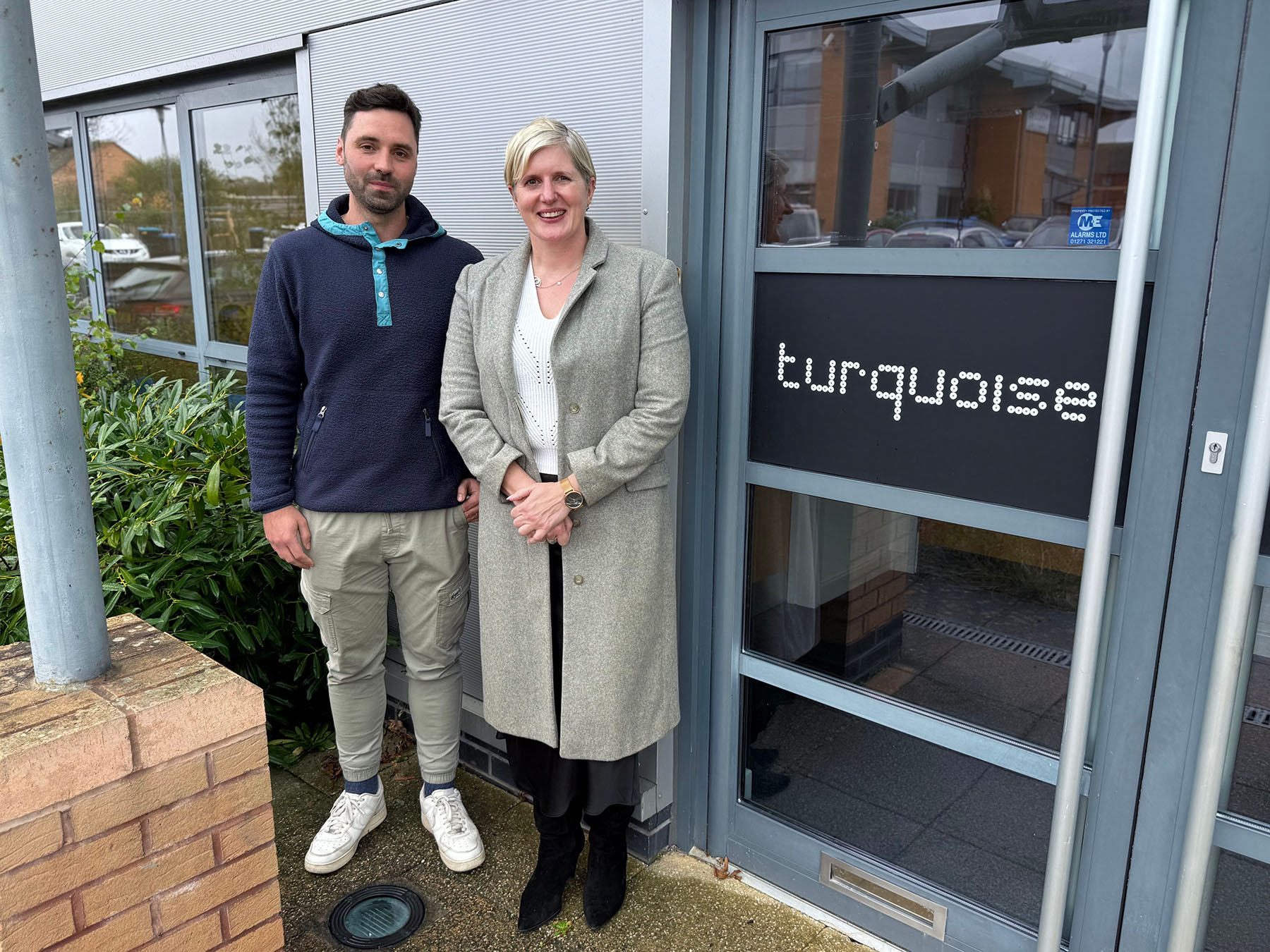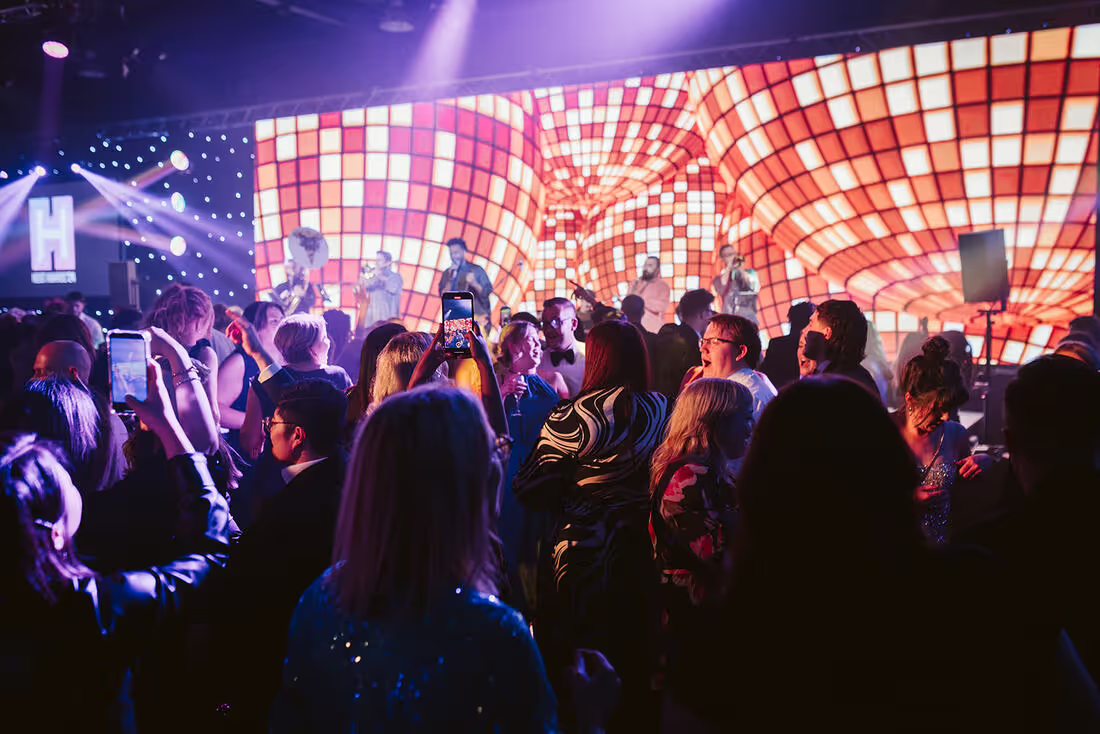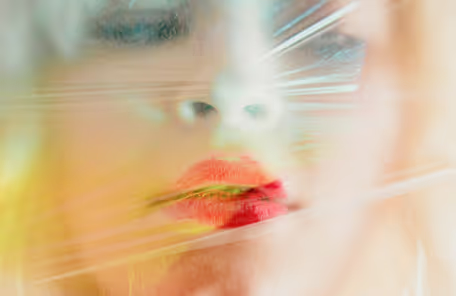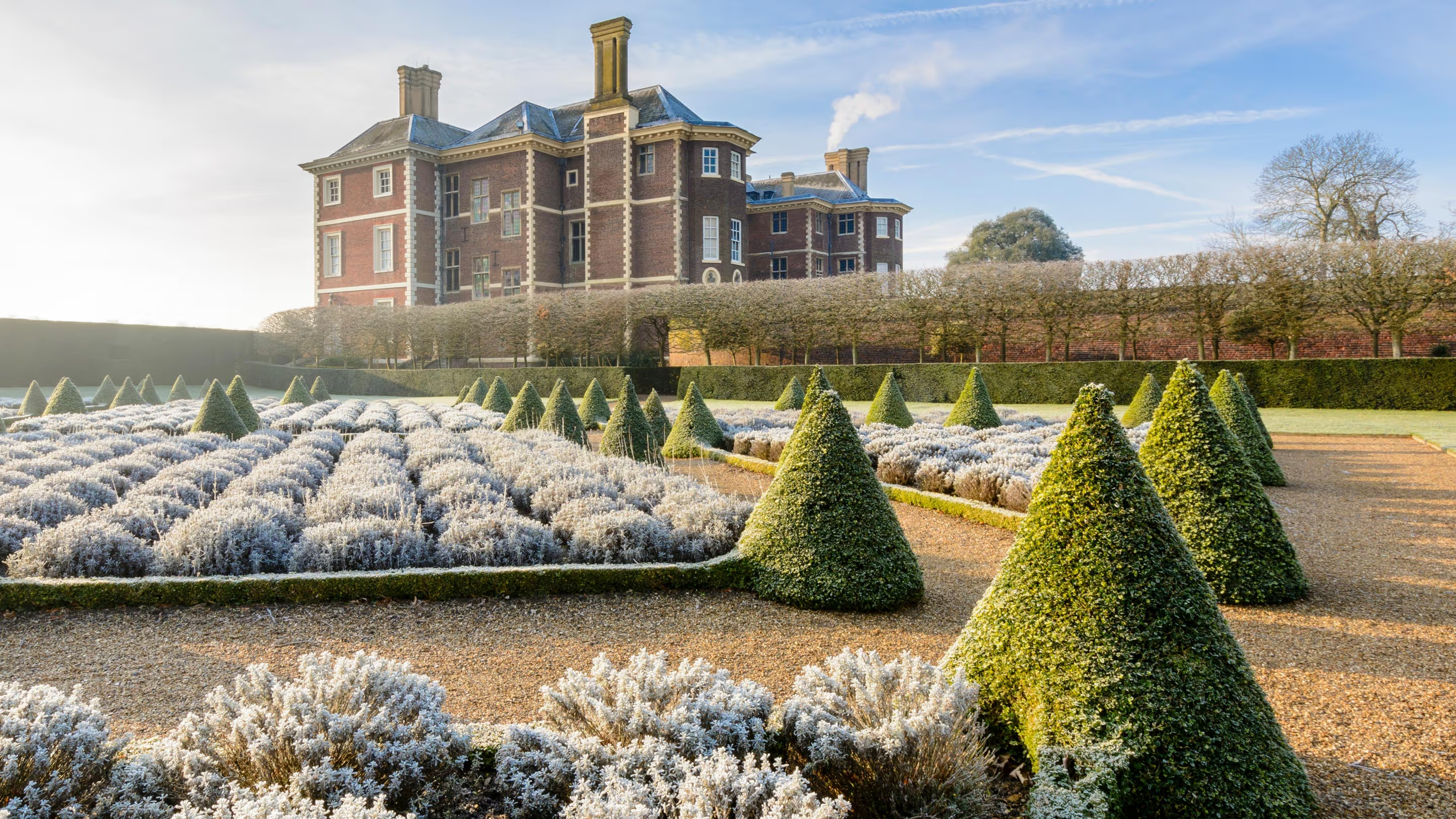Duly caveated, then, let’s now run through some of the common basic psychological associations that people tend to attach to different colours, along with a few examples of brands that we might say have exploited these associations effectively.
Red – passion and hunger
Coca Cola and McDonalds are two of the biggest brands in the world, and both of these fast food companies make heavy use of red. As well as being connected with hunger, red is a colour that elicits excitement. In fact, psychological studies found that literally “seeing red” elicits an elevated heart rate.
It’s little wonder that marketers tend to use this colour to attract attention, perhaps when advertising a forthcoming promotion that runs for a limited time.
Blue – reliability and strength
People associate the colour blue with calmness, probably due to its association with the sea and sky, but also with professionalism, trust and strength. It is the most common answer to the question “what is your favourite colour?”
An interesting aspect of blue is that it tends to curb the appetite. This is why you’ll struggle to think of many fast food companies that use blue – but it is a popular colour for dieting organisations.
It’s also a popular colour among financial institutions, such as American Express or Visa, and of course Ford, a car brand that has sold itself on solid reliability for more than 100 years.
Yellow – youthfulness, happiness and optimism
Sunlight triggers the release of serotonin in the human body, so it’s no great challenge to see the logic behind this particular association. It’s typically used by brands that want to present a sense of fun or that are aimed at children.
Snapchat is a social media platform aimed at younger users and its yellow branding emphasises the fun of the brand. It’s also a popular colour for snacks, for example Chupa Chups and Lays.
Green – health and tranquility
Today, we tend to associate green with natural and sustainable living. That, however, is more down to the tireless and relentless work of those in the eco movement over the past 40 years or so, as opposed to any kind of hard-wired psychological response.
Researchers have actually found that the human brain associates green with concepts of growth and productivity. This has been noted in the financial sector, by brands like Fidelity Investments, and in the world of natural beauty and healthcare – take a look at the clever use of green and a leaf in the Garnier logo. It’s also a popular choice for local cleaning companies.
Purple – luxury and sophistication
Purple is a mixture of red and blue, and so it pulls in some associations with both. It conjures images of decadence and sensuality, which is why it is the choice of luxury brands you might purchase as treats, like Cadbury’s, Milka or even Hallmark.
Orange – friendly and cheerful
Again, we have a combination of two colours here, this time red and yellow, and it’s even more clear how orange draws in aspects of both. It’s a colour you associate with youthful exuberance, and like yellow, is a popular choice for brands aimed at younger consumers.
Nickelodeon and Fanta are two of the best-known examples, while the famous orange Hooters logo shows that youthful exuberance has a place in the adult market, too.
Brown – earthiness and honesty
Let’s be frank, there are not many brown logos. This is because the colour itself doesn’t stand out. Having said that, there is a place for the associations of humbleness and hard work that we associate with brown, and it can be combined with other colours to good effect. But more on that in a moment.
Those few brands that do opt for predominantly brown branding do so due to its direct association with certain food types, such as Hershey’s M&Ms or Gloria Jeans coffee.
Black – mystery, class and sophistication
Like brown, black is a colour that needs to be used with care. The colour has the obvious morbid associations from which most brands would want to steer clear. But it can also convey mystery and sophistication.
Luxury brands from Mercedes Benz and Bentley to Louis Vuitton and Gucci have used black typography to good effect.































